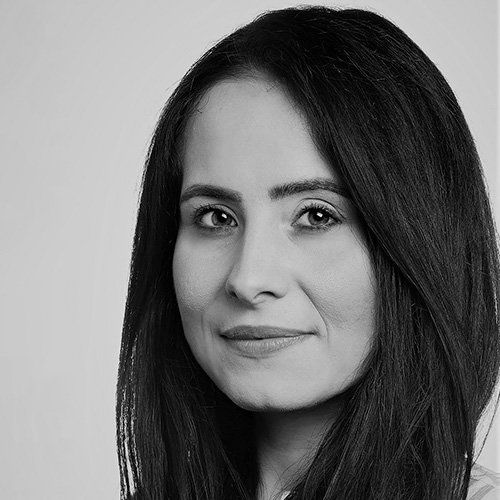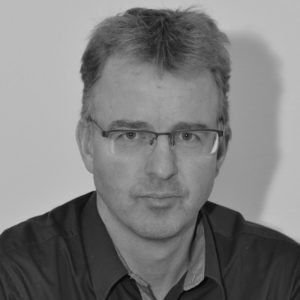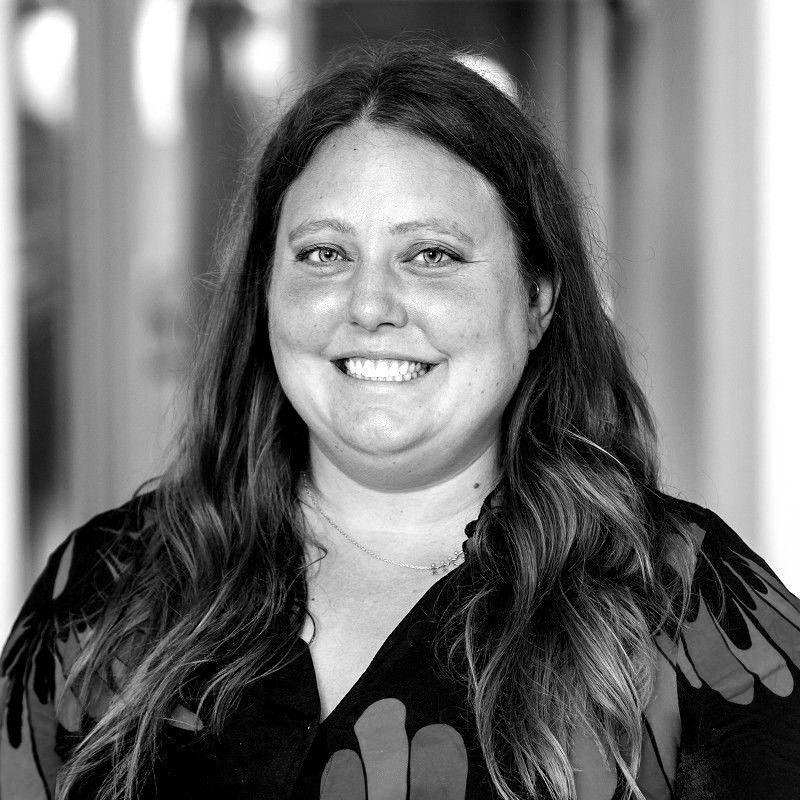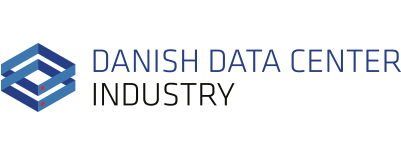We had the opportunity to talk to atNorth CEO Eyjólfur Magnús Kristinsson about atNorth’s newest data center project (DEN02), but also about his perspectives on the Danish and regional market and future outlooks for AI and HPC workloads.

atNorth recently announced their newest data center project, a heat reuse enabled mega data center in Denmark. With an initial capacity of 250MW, the site will have the ability to scale up to several hundred megawatts, implementing heat reuse to heat large-scale greenhouses, local housing and opportunities for sustainable power production.
Although the site will not be ready for a few years, the scale of the project puts atNorth in a position where it is set to be one of the largest data center providers in Denmark within a few years.
DEN02 is atNorth’s second data center in Denmark. The first site, DEN01, which is located near Ballerup, will have a 30MW capacity and is due to open in April 2025.
DEN02 - from project to implementation
DEN02 will cater to colocation and build-to-suit projects and will be specifically designed for data-intensive businesses such as hyperscalers and companies running AI and High-Performance Computing workloads.
“In our mind it's a blueprint of how our future data centers will look, meaning that it’s a symbiosis project. And of course, the building itself will benefit from the green electricity grids in Denmark,” Magnus explains.
While a lot is still subject to the municipal process, the hope is to start construction of DEN02 no later than Q1 2026. When it starts, the goal is for the project to be a benefit to the local community; “We have a policy that we will leave as many jobs as possible within the local community or create as many jobs as possible. This means that we will, where possible, prefer to use local contractors and local people for construction and for operation.”
The recent construction of an atNorth datacenter in Iceland is a prime example of this policy. In an area with relatively few inhabitants, 93% of the workforce that was used on the construction came from the local community.
As for DEN02, the goal is for the data center and adjacent industries to bring in local jobs: “The data center itself will of course bring in a lot of jobs, but the greenhouse project will bring further jobs in terms of the jobs related to the data center.”
Construction of the greenhouses will not take place until well after construction on the data center has started, but Magnus adds: “The idea is that they will be ready to utilize the extra heat as soon as the data center is live.”
Heat reuse has great potential – but also challenges
When it comes to heat reuse, Magnus explains:
“All our new projects are set for heat reuse. Unfortunately, we will be building DEN02 in an area with relatively few inhabitants, so local district heating will only benefit a couple thousand homes.
Therefore, we have partnered with WARM who will build a greenhouse on basically the same plot, and they will benefit from the excess heat. There will also be space for other heat off-takers, and we are already starting to investigate which companies that might be.”
There are, however, also challenges when it comes to heat reuse. As previously addressed by DDI, companies are facing challenges and roadblocks via regulation, in Denmark specifically via the price cap on excess heat. When asked about the challenges atNorth faces regarding heat reuse, the message is clear: “Not related to this specific project, but we are facing a lot of challenges when it comes to heat reuse, especially on the regulatory side. The regulators need to step in and make this an easier process.”
Denmark - a future hub for AI workloads
While atNorth has built data centers in Iceland, Finland and Sweden, they have chosen Denmark as the location for their biggest data center yet. And while atNorth sees Denmark as a great option for future HPC workloads, Magnus does have some advice for the Danish market:
“For some reason, Denmark is not as well-known as a data center location. Most of the hyperscalers have done self-built projects in Denmark, but as a colocation destination, Denmark is not that well-known. I do not fully understand the reason for that. I think that a lot of potential customers and industry players are not aware of how green the electricity grid is in Denmark.”
The main drivers behind atNorth choosing Denmark include access to renewable energy, being able to fulfill requirements in terms of heat reuse, and access to powered land.
“There are many advantages to Denmark, for example proximity to central Europe, access to power and renewable energy, and potential for heat reuse projects.”
Magnus adds: “that is something very few are aware of, but our projects will benefit from that. And especially in Jutland, the grid is very green with very high renewability on the grids.”
“atNorth is focusing highly on high density workloads traditionally known as HPC (high performance computing). In terms of AI, we are currently in the era of machine learning, and that era will eventually transition to inference. It is our strong belief that Denmark will be a great option as a location.”
AI workloads are changing the game
What is the future for AI and HPC workloads in a world where demands for data center capacity are on the rise? And will the Nordics be able to keep up as a competitive region? Magnus tells us:
“Market dynamics are changing in the data center business and that is very interesting. The market has been dominated by hyperscalers. Due to AI, the market is changing, and this obviously changes how things are done to an extent.”
As for future outlooks in terms of living up to the demands for capacity? Magnus concludes: “We must live up to the growing demands, otherwise someone else will. I feel that Europe is falling a bit behind, especially on the AI front, because we can’t cater to the demand, and Europe simply needs to step up their game and take part in this revolution”.
Contact us

Merima Dzanic
Head of Strategy & Operations

Kurt Henriksen
Advisor, Communications and Public Relations

Christine Kjær Jacobsen
Marketing & Communication Manager
